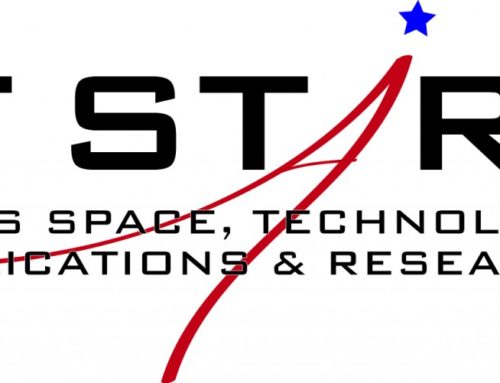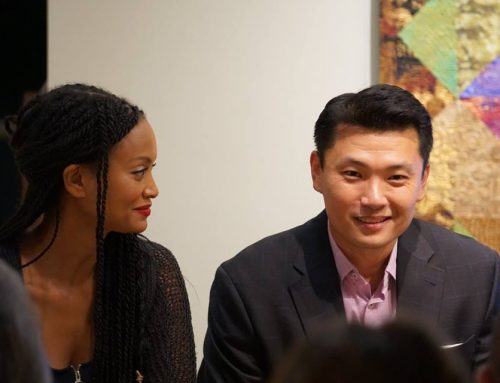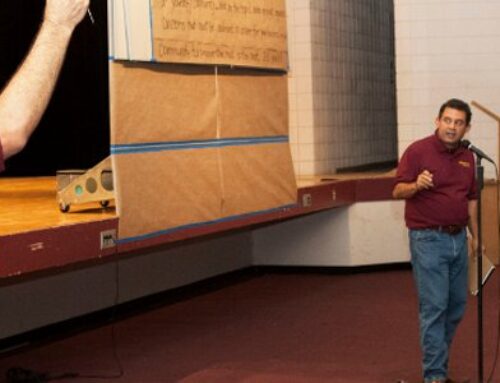An Interview with “Dr. Glow”
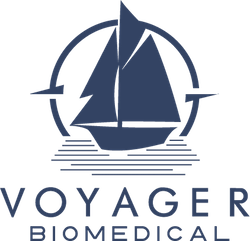
Dr. Alan Glowczwski practiced Radiology for 22 years before becoming a serial entrepreneur and one of the first inductees into the Innovation Underground. Alan is the Founder and Chief Medical Officer of Voyager Medical, and Chief Medical Officer of Saber Corporation, a startup fighting infections through innovative microbial bandages. Alan is interviewed by our director of Economic Development, Brady Grimes.
.
BG: So tell me, how did this happen? A radiology career to the life of an entrepreneur?
AG: Well, I think you’ve got an itch that needs to be scratched. Some people can ignore it, and some people can’t scratch it enough. And I guess I’m one who just couldn’t scratch it enough. And like an itch, it’s satisfying to do, but it doesn’t go away. So I came up with a couple of ideas, I called Texas A&M, the bioengineering department because it was a medical device in my mind called the Arc.
It was a device that would help facilitate dialysis. So if someone has kidneys that completely give out, they have to go on dialysis to clean their blood. So as a radiologist, I was what they called an interventional radiologist so I would go in and ‘fix the plumbing’, with balloons and stints and remove things that were causing blocks…a lot of people on dialysis have a vessel that’s like a conduit that allows blood to flow through it in their arm, and they can put these two large needles into it three times a week to do dialysis, so when that would give out, I’d go in and fix, or try to fix the plumbing. A lot of times the plumbing couldn’t be fixed because the way that someone had their needle put in had punctured the vein. … So, I came up with some ideas to try and prevent the vein from getting blown, and worked a year with a group of senior students and bioengineering back in 2012 and 2013.
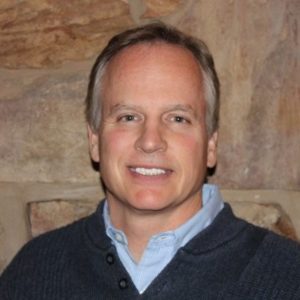
BG: Does it always feel good to scratch that itch?
AG: As long as you don’t scratch it too hard! I think that’s a good analogy, but when we came here, A&M offered me a job to work 75% time at the facility where I did the animal testing. They’ve got some great imaging there at TIPS, so I said okay, I’ll assume the role of director of radiology. I did that for two and a half years, but as with any job. You know that 75% was becoming real work and was approaching on the reason why I left my practice, which was to chase down my entrepreneur dream. So I resigned from A&M after two and a half years; it was a great experience where I got to meet a lot of great people, including Jose Quintana and other people. It’s a good facility, and we are still continuing to test the device over at TIPS, with their surgeon Dr. Tousen. So now I’m working full time working on two medical devices.
BG: In what capacity does the IU support you?
AG: The innovation underground gives me a great space to work, an address, and just a wonderful group of people to ask questions and get answers. We have access to a bookkeeper, Leslie, and Leslie helped me organize all of our expenses in a Quickbooks format so we are compliant. We have an NSF grant, so we have to be very good stewards of the money, and as a physician, I’ve never been too good at keeping track of expenses and receipts and those things….so Leslie has been invaluable in helping with that. …for a start up, you have to wear so many hats. And you may be pretty good at the one you’re wearing, like me in medicine, but you also have got to be good at legal, corporate structures, accounting, you have to [understand] insurance if you get further on, with us you have to also understand certifications with the FDA, it’s a whole mix of different things. So it is challenging to be a multi-hat wearer and to try to excel at all of it. You won’t be able to, but at least you can be in the Innovation Underground and have people who can help you on your journey. So you just are not trying to figure out how to swim by yourself every day.
Have people who can help you on your journey. So you are not trying to figure out how to swim by yourself every day.
BG: How do you define success?
AG: Hmm. How do you define success? Well, it’s very interesting as you go through this process. When I started the idea, the main thing was finding a better way for these patients. Truly from my physician’s standpoint: I want something better for the patients. But, for a medical device company to be successful, it has to have a lot of financial investment, and those investors look at it one way. 95% want to know: will it make them money? So while they have the feel-good – hey, it’s going to help patients! Which is a given in medicine –…what’s important to them is that it’s going to make money. So you do have to have a “I want to make money out of this” [mindset] and then, if it does, you can take that money and invest it in a social program, or another startup that could help [more] people.
BG: What do your best days at work look like?
AG: Visiting with people like you! Sitting down and relaxing and sharing ideas over a cup of coffee. Those are the best days. When a device you’ve been building actually turns on and functions. I think the best days are just the interactions of people with like-mindedness and are a joy to be around.
BG: What do your worst days at work look like?
AG: well, when the device doesn’t turn on. As an entrepreneur, it’s a lot like being manic. You’ve got your moments of euphoria, and you’ve got your moments of depression. What you hope is as a whole, that line that goes up and down (yeah, we’ve got money!) (no, we didn’t get money) (hey! We won that pitch competition! We got accepted! Oh, we didn’t win anything) …but you hope that the medium bar continues to go up at a certain pace. So you really have to taper your highs and your lows. Don’t get too excited about something that happened, because when something…doesn’t happen like you want, you really drop off the cliff. So manage expectations, both high and low…
Don’t treat your idea like your baby. Or maybe, you should treat your idea as a high school son. Because you’re going to have to let it go.
BG: Managing expectations, that’s good advice. Is there anything advice that you would give to the next round of entrepreneurs?
AG: Don’t treat your idea like your baby. Or maybe, you should treat your idea like a high school [child]. Because you’re going to have to let it go. You’re still going to be very passionate about it, like Voyager, which is something I worked on for five years – it’s my vision, but now I’ve turned [over] controlling interest – in fact, I don’t even own majority stock, but for the company to grow and prosper, I had to let it go. Now maybe I could have done that on my own, but it would have been all-consuming and I do like to innovate and build new things, so I realized my strengths and what I wanted. Some people have such a possessiveness over their idea that it will never go anywhere. Does that make sense? “Oh well, I thought of this idea!” Well at the end of the day that’s really great, but that’s 10% of the effort. The 90% is putting together a market assessment, fundraising, commercializing it, strategic sales. You have to have a lot of people engaged in that; and a lot of people are not able to do that on their own…
BG: You have Voyager, and now Saber. You probably now can be considered a serial entrepreneur. What have you learned going into the next one?
AG: I think before I was a bit impulsive. I think you have to have a bit of that impulsiveness, but I was too impulsive about who I would want to have help us. I would meet someone like a patent attorney and I’d say – “I can use you! Let’s talk!”. I really needed to think about that person, vet them out, see if they’d be passionate about helping us. Same thing for founders. …this person that I am partnering up with, where are they going to be five years from now? What kind of partner do I see them being with us? It is very important that you have a group that you can work with. There are a lot of companies that fail because the founders were in conflict. So make sure some of that is clear up front about your expectations. [There] might be two of you, and one might understand that you have to bring on help to bring this idea into reality and that your stock is going to be diminished, and the other might say, well I created half of this. I want to keep 50% of the company. That’s not going to happen – so now you’ve got a vision [issue] between the two.
BG: What is the next step for you?
AG: I’ll continue to be chief medical officer for the ARC. We have several other devices that are spin-offs from that, so our hope is to do a clinical study this summer with animals and then we’ll do a manned study in Paraguay. And we hope that all of these would go well, so the next step would be a clinical trial. This is a three or four year run for this. SABER, we’re going to apply for a small business innovation research grant phase 2 in August, we’ll see if we get that. If we do, we’ll continue to strive forward on that. If we don’t, we’ll see what funding is available and if we’ll continue with it.



